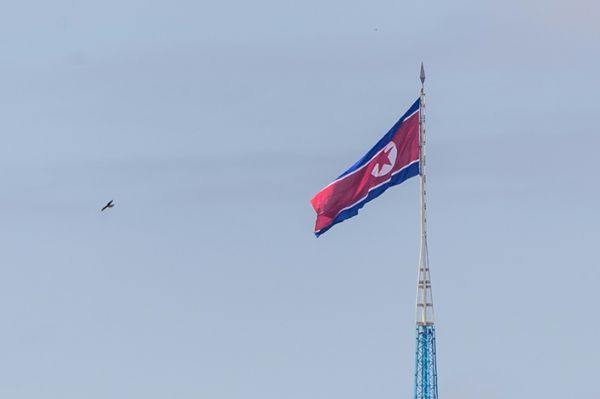One of the climate factors that brought so much rain to eastern Australia has eased, according to the Bureau of Meteorology (BOM), as it forecasts some respite for flood-weary communities.
BOM's fortnightly climate driver update released on Tuesday showed that the Indian Ocean Dipole (IOD) had switched to neutral.
"It really should start to help to decrease some of that rainfall signal over the east of the country," BOM meteorologist Jonathan How said.
"The IOD returning to neutral conditions does mean that the waters to the west of Western Australia and south of Indonesia have now returned to the neutral phase.
"So [it's] no longer warmer than average, which means that there's less of a moisture source for weather systems to tap into.
"But also as we head into summer we do see that sub-tropical ridge build over the continent, which means that by the very nature of heading to summer, there are fewer and fewer cold fronts moving across the continent."
Mr How said the neutral IOD meant it was likely "dry conditions" were on the way for WA.
La Niña's end is in sight
The climate driver update also examined the latest data on the weather cycle known as the El Niño-Southern Oscillation (ENSO).
At the moment it showed La Niña, which typically brings more rainfall to Australia and cooler daytime temperatures, was still in effect.
Mr How said the ENSO was expected to return to neutral in January or February.
"There is an end in sight to this La Niña, and certainly the latest climate outlook and the summer rainfall outlook as well does show that, even though we are expecting still above-average rainfall for the east coast, that signal really does weaken off heading into early next year," he said.
What about the holiday season?
Mr How said that, overall, Queensland, New South Wales, Victoria and parts of Tasmania should still expect wetter-than-usual conditions this summer.
"Heading into January and February, the rainfall signal does decrease quite substantially across the eastern states," he said.
"But … every Australian summer does have its hot days, regardless of whether we are in a La Niña or not.
"That will be very much the case. We're seeing a heatwave across Brisbane right now."
He said like WA, central Australia could expect a hot, dry summer.
Will there be a La Niña in 2023?
This current La Niña is the third since 2020.
Mr How said a fourth consecutive La Niña would be unprecedented.
"It's really too early to say whether or not we'll get La Niña or El Niño next summer," he said.
"Two La Niñas in a row is fairly common, three is less common, four I don't believe we've had during record-keeping years.
"I have seen some reports of some climate models indicating El Niño, some indicating more neutral, so very much the message from us is just to keep an eye on those forecasts."
Agus Santoso, a senior research associate at the University of NSW's Climate Change Research Centre, said a fourth La Niña was not impossible.
"We cannot completely rule out a possibility for a fourth La Niña next year," he said.
"A neutral or an El Niño would have a higher probability, I'd say, given that we've had three La Niñas in a row."







